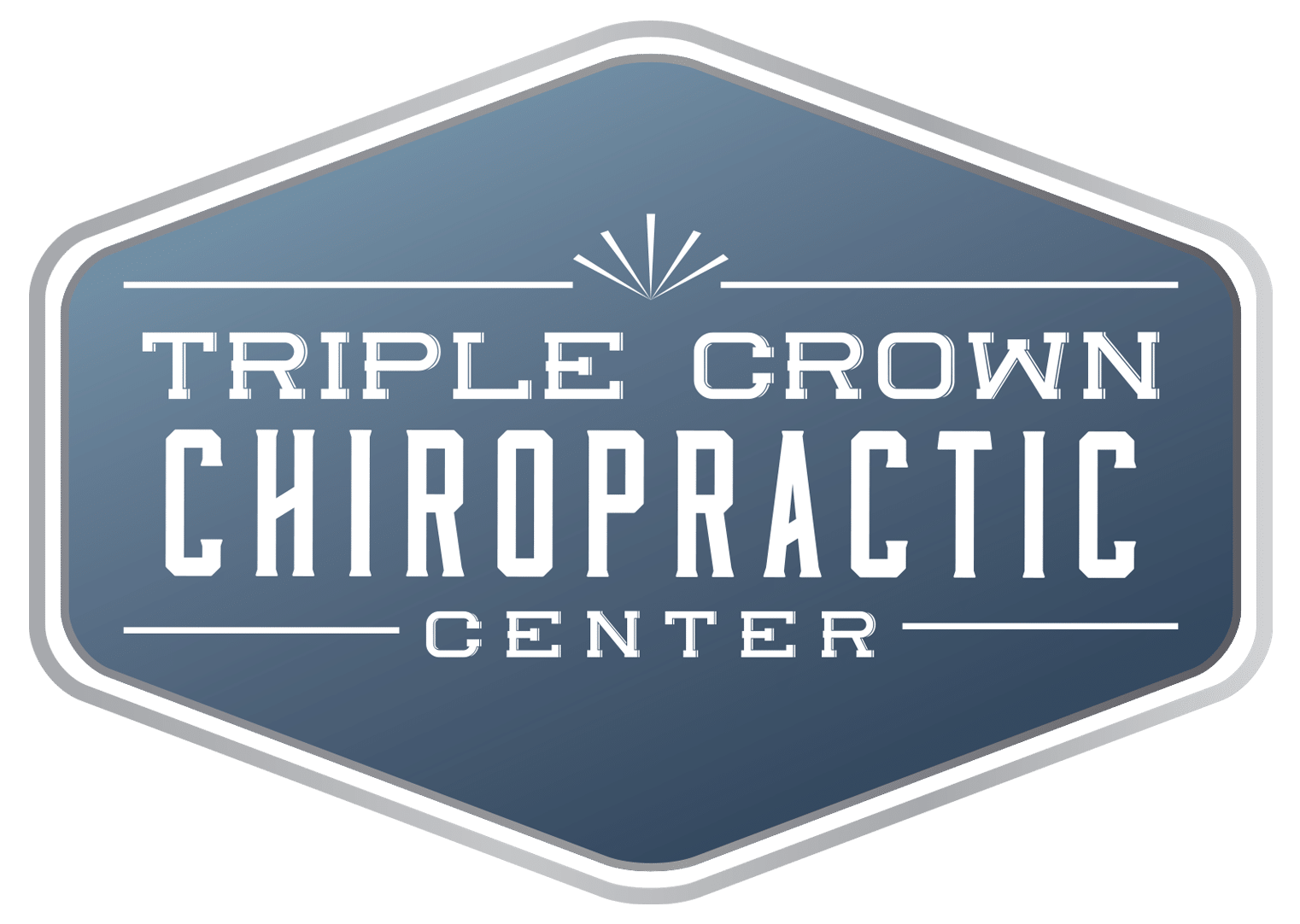A craniocervical syndrome is a condition that can cause a variety of symptoms, including pain in your neck and back. This condition can be caused by various factors, including injury, arthritis, or congenital disability. If you are suffering from this condition, it is important to seek treatment from a chiropractor. A chiropractor can help to alleviate your symptoms and improve your quality of life.
Understanding the Condition
The seven cervical bones are numbered C1 to C7. These bones are essential for the neck’s protection and mobility. If any of these bones are damaged, it can affect the spinal nerves and cause a variety of motor or sensory problems. People with certain chronic medical conditions, such as a Chiari malformation or osteoarthritis, may be more likely to develop this condition.
C1, also known as the atlas, is the bone that connects the neck to the head. C2, also known as the axis, is the bone that the atlas pivots on. Together, these two bones allow the head to move in various directions. C3 to C7 are the vertebrae that make up the rest of the neck. These bones protect the spinal cord and allow the neck to bend and twist.
The bones of the cervical spine are held together by a variety of ligaments and muscles. The ligaments are tough, fibrous tissue bands connecting the bones to each other. The muscles are attached to the bones by tendons and help to move the neck.
Damage to any of the cervical bones can cause a variety of problems. If the bones are fractured, it can cause pain, numbness, and paralysis. If the ligaments or muscles are damaged, it can cause neck pain and stiffness.
If you have any of these symptoms, it is vital to see a doctor as soon as possible. Treatment will depend on the severity of the damage and may include rest, ice, heat, pain medication, physical therapy, and surgery.
Symptoms to Watch Out For
The craniocervical syndrome affects the bones, joints, and muscles in the neck. It can cause pain, stiffness, and weakness in the neck and shoulders. It can also lead to problems with balance and coordination. In severe cases, it can cause paralysis.
The condition is thought to be caused by a combination of factors, including genetics, injury, and wear and tear. As mentioned, treatment typically involves a combination of physical therapy, medication, and surgery.
Headaches and pain in the back of the head are two of the most common symptoms. These symptoms can worsen if you move your neck in specific directions. Tinnitus, or ringing in the ears, is also a common symptom. Dysphagia, or difficulty swallowing, can also occur. Bites may be particularly difficult to swallow.
Treating a Craniocervical Syndrome
Craniocervical syndrome is a condition that your chiropractor can diagnose. It is crucial to ensure you get a complete evaluation from your chiropractor to rule out any other conditions.
If you have a subluxation at the craniocervical junction, chiropractic adjustments can help. This will realign the upper portion of your spine, taking pressure off your muscles, tendons, and ligaments. Most importantly, it will remove nerve compression. This will restore health to the area and alleviate your symptoms.
Conclusion
Craniocervical syndrome is a relatively common condition, and many people believe that they need surgery to fix it. However, you may be able to treat this condition with manual therapy from a chiropractor.
To get help from the best chiropractic clinic, turn to Triple Crown Chiropractic. We are proud to be Northern Kentucky’s premier chiropractic and wellness center. Schedule an appointment with us.
